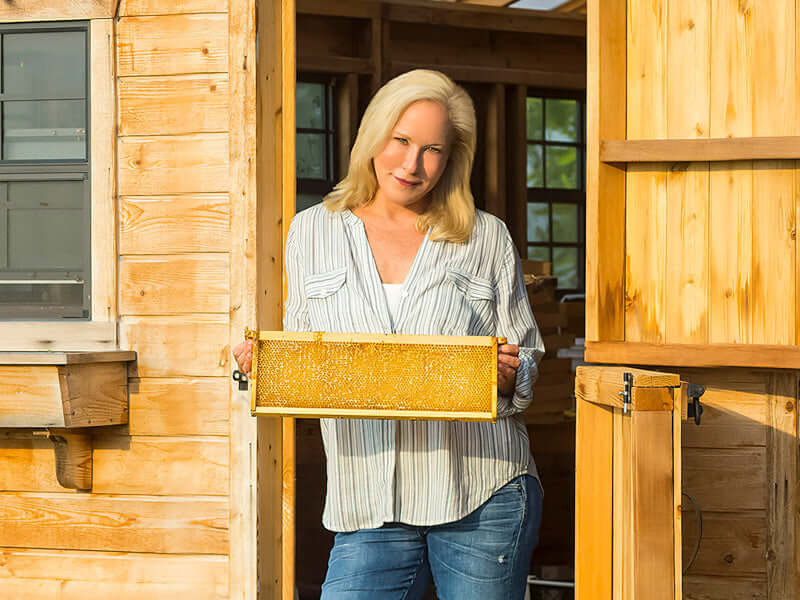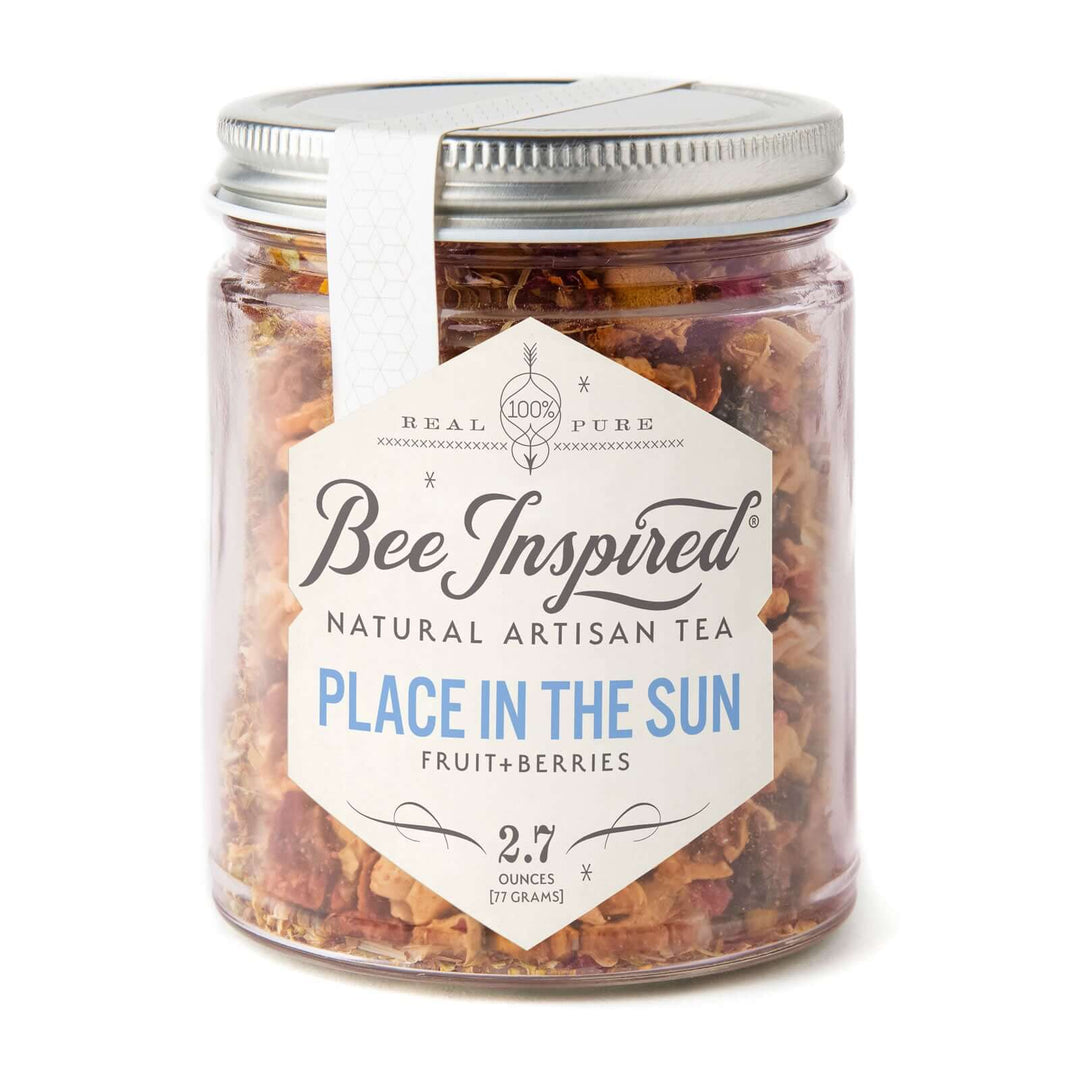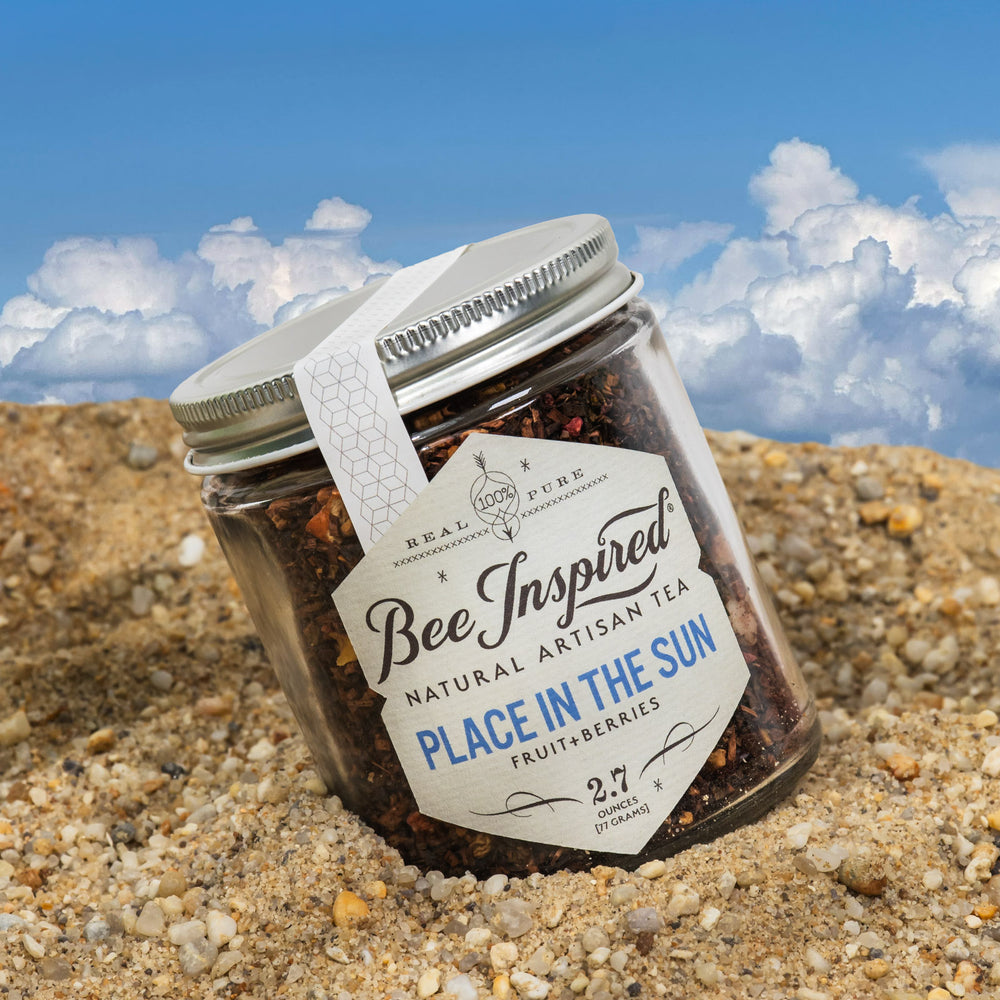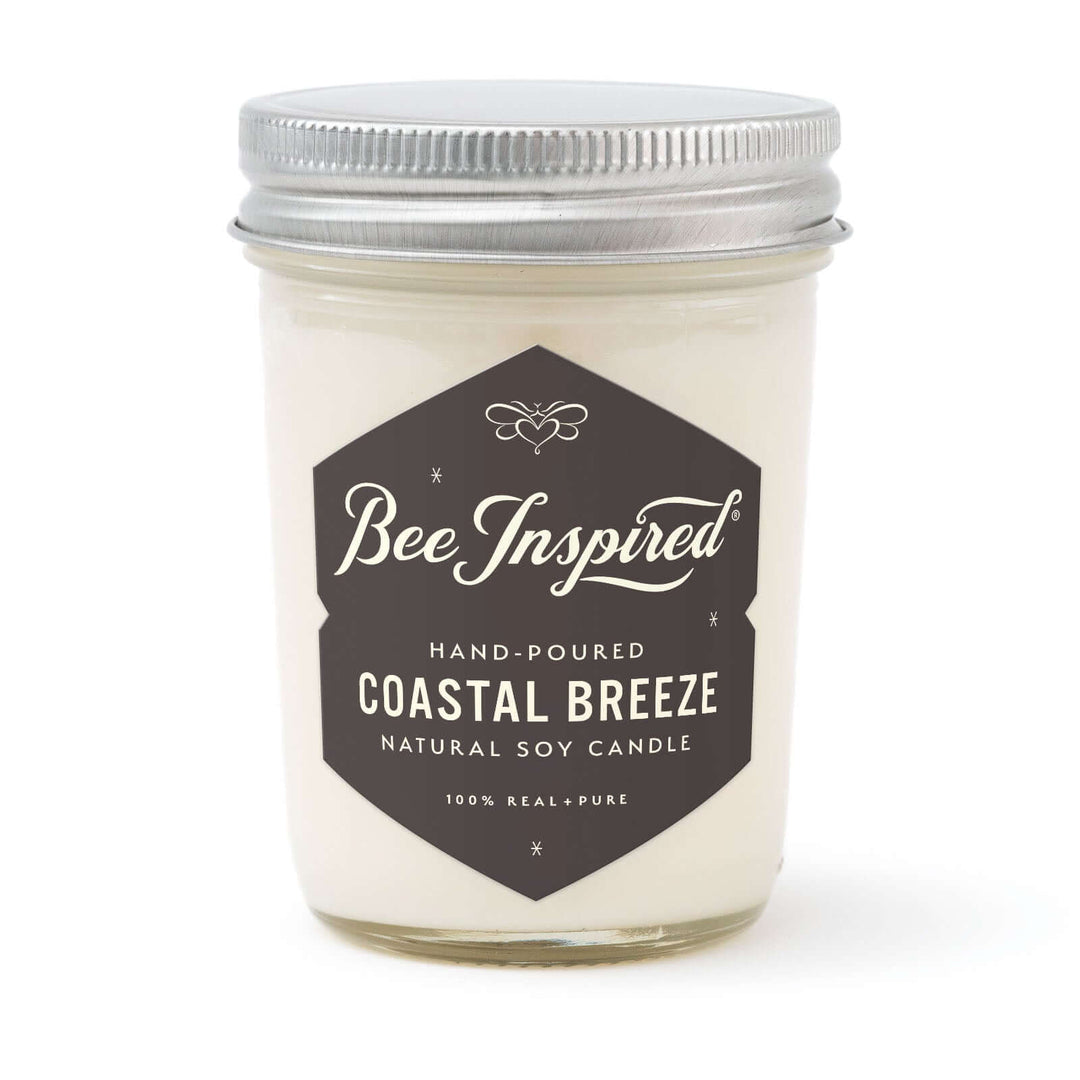Counterfeit food. Counterfeit garbage.
China is a major culprit in counterfeiting of all types of items in this country—from sports paraphernalia to toys. The outrage many of us feel about this unethical and illegal practice is often tamped down by consumer demand for cheap stuff.
If you can buy a counterfeit NFL jersey for a third the price of the NFL-licensed apparel, many say, “Why not?” It looks good, fits okay, and it’s cheap! Well, the rules change when the counterfeit item is edible.
There are passionate pleas far and wide for improvement in the quality of our food supply, including how we process products, alter them, and promote them for public consumption. Yet, the American public’s consumption of “garbage” is sky-high. It’s bad enough when someone eats a greasy fast food hamburger and fries that would be virtually impossible to mistake for “health food.”
But, it’s worse when people consume what they think is healthy food, only to learn later that is was genetically altered or adulterated with counterfeit ingredients.
Honey is one such commodity. On its face, honey is considered by many to be a highly healthy food. However, just as with nutritional supplements, quantity and quality of its ingredients can vary widely—from “sugar on steroids” in mass-produced pretenders to a very nutritious and health-promoting food.
And now, counterfeiting is cropping up all over the world. On March 20, 2013, Mother Nature Network reported: “There might be something funny in your honey…Food-safety experts have found that much of the honey sold in the United States isn't actually honey, but a concoction of corn or rice syrup, malt sweeteners or ‘jiggery’ (cheap, unrefined sugar), plus a small amount of genuine honey, according to LiveScience. Worse, some honey — much of which is imported from Asia — has been found to contain toxins like lead and other heavy metals, as well as drugs like chloramphenicol, an antibiotic, according to a Department of Justice news release. And because cheap honey from China was being dumped on the U.S. market at artificially low prices, Chinese honey is now subject to additional import duties. So Chinese exporters simply ship their honey to Thailand or other countries, where it is relabeled to hide its origins, according to NPR.org. This international ‘honey-laundering’ scandal has now resulted in a Justice Department indictment of two U.S. companies and the charging of five people with selling mislabeled honey that also contained chloramphenicol.”
This reinforces recent research conducted by my intern, Jeromie Miller: “In 2012, some honey shipments imported into the US from India from 4-5 major Indian exporters[were] found to have residues of chloramphenicol, which was typically found in Chinese honey a decade ago and led to automatic detention of Chinese honey…Other Indian, Malaysian and New Zealand shipments were found by the FDA to be adulterated with corn or cane syrup…Honey and honey/syrup blend shipments from Thailand and Hong Kong tested positive for antibiotic residues. FDA import alerts were issued in December 2012 and February 2013.”
Then, there’s this report, based in part on a CBS story that aired in 2012: “According to a study by the Anti-Counterfeiting and Product Protection Program at Michigan State University…16 percent of counterfeit foods involved olive oil, 14 percent involved watered down milk, 7 percent was counterfeit honey. Worldwide, counterfeit foods create a $49 Billion market.”
Clearly driven by money-making motives and reckless disregard for consumer health, these counterfeiters will continue until the consuming public becomes educated and enthusiastic enough to boycott the garbage, and support product manufacturers with high standards in their practices and products.
The healthy movement is gaining strength as the US is bombarded daily with reports of dangerous tinkering in our food supply. In concert with vigilant eyes of both US and state regulatory agencies, this will start turning the tide. While the FDA serves as a national watchdog, some states already are taking initiative, as this report in Magicvalley.com attests: “Unfortunately, not all honey is pure honey. The April issue of the Journal of Food Science listed honey as one of the seven most adulterated foods in America. Many states are setting their own standards. That’s what the Idaho Honey Industry Association did when it worked with legislators during the 2012 session to pass a law defining honey standards and then worked with the Idaho State Department of Agriculture to write rules based on similar legislation in Florida and Oregon.”
But, it will take awhile. With food, it’s often the same mentality as with TVs, computers and other technology. As long as consumers demand cheaper prices first, quality second, counterfeiting will continue to be a potent force.
It’s only when we put our collective feet down and demand quality—even when it costs more—that the tide will truly turn favorably.
###











